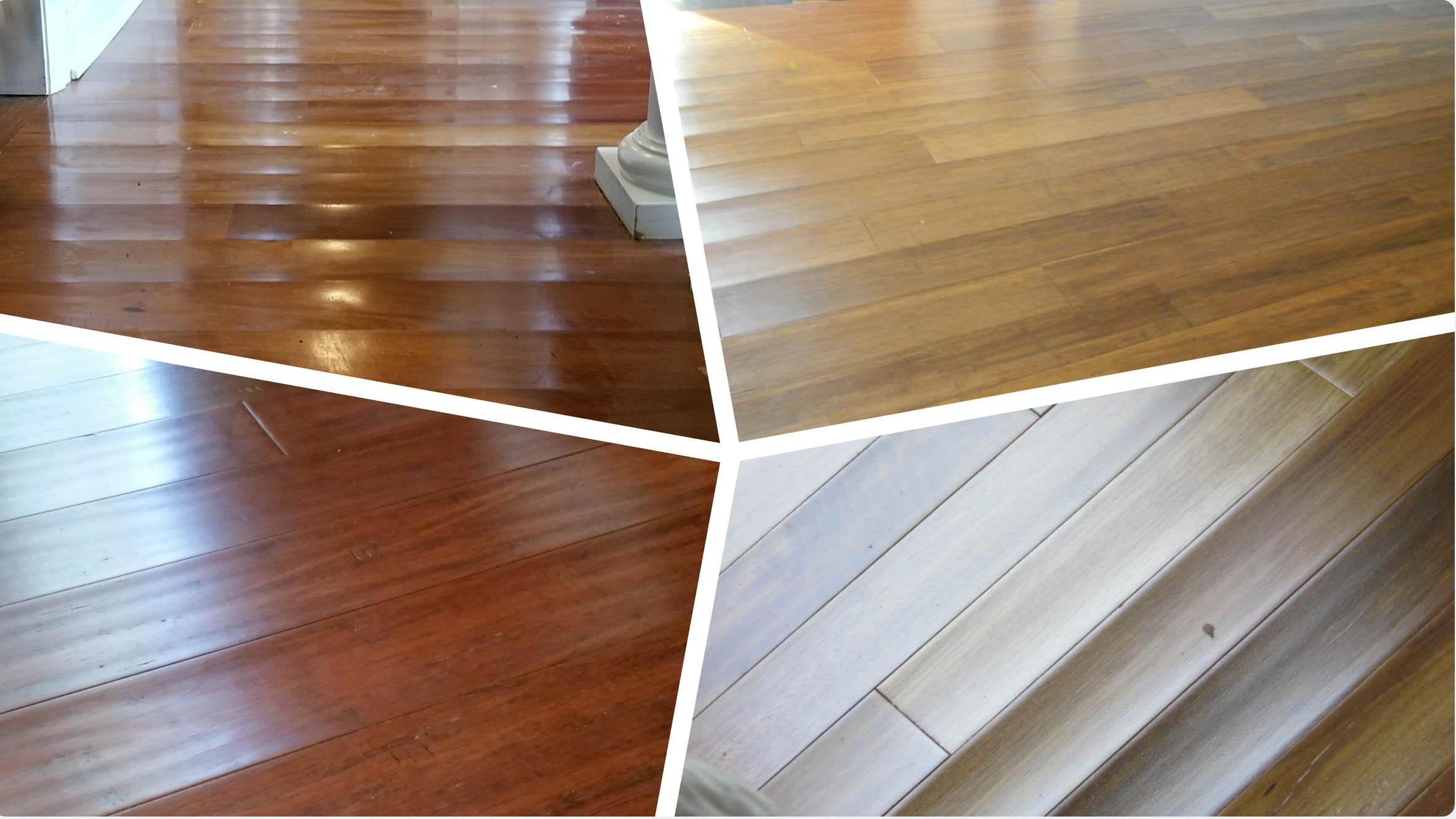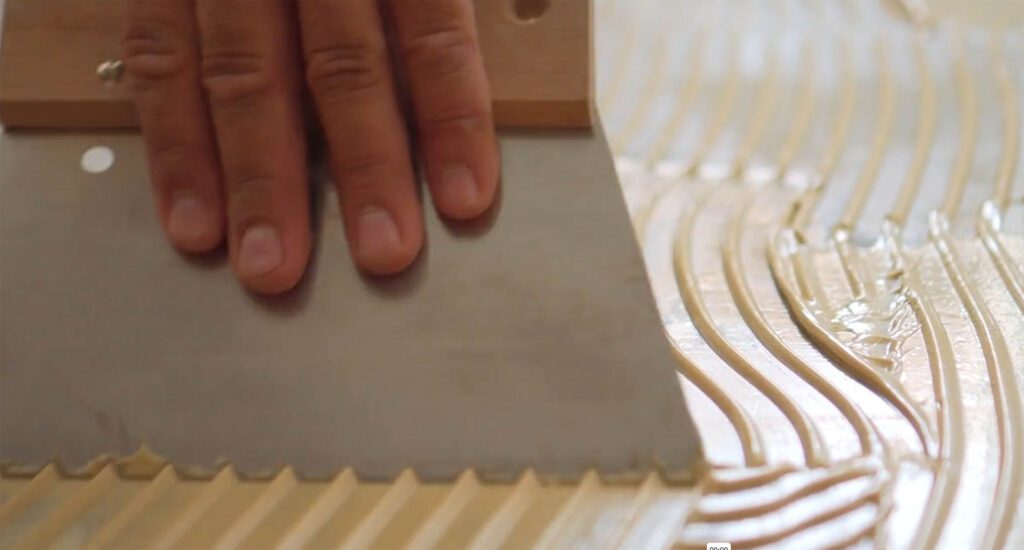If you’ve ever walked through a 1950s-era home that has hardwood floors, you might notice a wavy look and feel under your feet, like walking across drifts of windswept sand at the beach.
Those ripples in the floor are known as “cupping,” and it won’t feel like a day at the beach for long, if it happens to your floors. Cupping doesn’t stop at small, barely-noticeable, uneven spots. If it’s not addressed quickly, the planks will eventually separate and lift from the subfloor. When that happens, replacement of some (or-all) of the floor is the only remedy.
What causes hardwood floor cupping?
You may think cupping is inevitable as a wood floor ages, or that it only happens when a big spill is left to soak in for too long. But the truth is most cupping happens in the first year after a wood floor is installed, and it has nothing to do with age or standing water.
Cupping often happens when an installer doesn’t prepare the floor to “live” comfortably with the temperature and humidity changes that happen in every home, as the seasons change.
How to prevent cupping
Called “moisture equilibrium,” to prevent cupping your installer will need to use the right subfloor prep materials in just the right way so the hardwood will tolerate moisture and temperature changes over time.

Cupping and Floor Failure
Video SHORT
by Rudy Hassid
National Wood Flooring Association expert inspector & flooring contractor for 35+ yrs
This Hardwood Floor cupping video by Rudy Hassid, National Wood Flooring Association expert inspector and flooring contractor for 35+ years, explains what you (or your installer) must do to reach moisture equilibrium.






